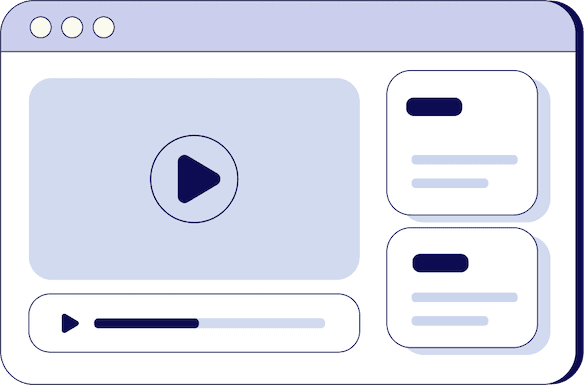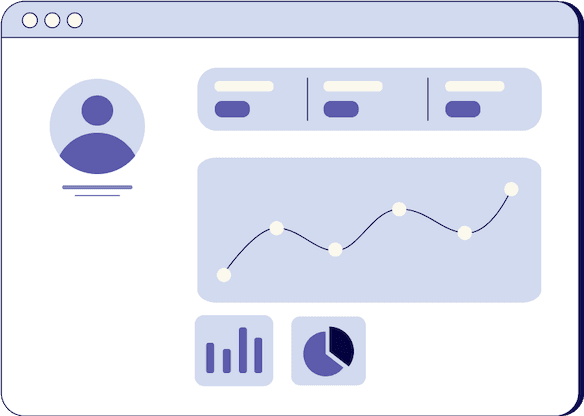.jpg&w=3840&q=75)
Finding Companies
Mark Colgan
B2B Sales Consultant, Lead Sourcing Detective
.jpg&w=3840&q=75)
- duration
- 21 min
- Average Score
- 86%
- Stars
- 5
A well-targeted prospecting list is the foundation of any successful outbound sales campaign. If you're struggling with low engagement, wasted effort, and poor response rates, your list might be the problem.This guide covers how to find, filter, and refine company lists to maximize your sales efficiency.
Why Finding the Right Companies Matters
Targeting the wrong companies leads to:
- Low engagement rates – Your prospects aren’t interested or the wrong fit.
- Wasted time and resources – Sales teams spend hours on leads that will never convert.
- Higher costs – Investing in data tools that don’t deliver the right results.
On the other hand, well-targeted companies mean:
- Higher response rates
- More meetings booked
- Improved sales efficiency
Step 1: Start Broad, Then Refine Your List
Avoid Overfiltering Too Soon
When building a list, start broad and then apply filters gradually. This prevents missing potential high-fit companies that may not fit an initial narrow search.
Key Filters for Precision Targeting
To ensure high-quality prospecting lists, use these structured filters:
- Industry: Match your target vertical but consider overlapping categories.
- Company size: Employee count is often more reliable than revenue estimates.
- Location: Ensure they operate in your target region.
- Technology stack: Identify prospects using software relevant to your solution.
- Hiring trends: Look for companies expanding in key areas related to your offering.
Step 2: Best Data Sources for Finding Companies
Different sources work better for different industries. Choosing the right one saves time and improves accuracy.
Top Data Sources for B2B Companies
- LinkedIn Sales Navigator – Best for accurate company and employee searches.
- Apollo – Affordable and offers advanced filtering.
- Ocean – AI-driven lookalike modeling based on your existing customers.
Best Tools for E-commerce Brands
- Store Leads – Shopify, WooCommerce, and e-commerce data.
- Charm – Includes TikTok Shop data.
- Ocean – Identifies businesses with an online store.
Local Business Prospecting
- Google Maps – Most accurate for local businesses.
- D7 Lead Finder – Scrapes Google Maps for leads.
Advanced Search Tools
- Crunchbase – Ideal for tracking funding and company growth.
- Harmonic – Multiple filters to refine prospecting lists.
- PitchBook – Premium insights for investment and financial data.
Step 3: Use Boolean Searches to Find the Right Prospects
Boolean searches refine results by allowing users to include, exclude, or combine search terms.
Boolean Search Operators
- AND – Narrows results to companies matching multiple terms (e.g., B2B AND SaaS AND fintech).
- OR – Expands results by including multiple criteria (e.g., CMO OR VP of Marketing OR Head of Marketing).
- NOT – Excludes unwanted categories (e.g., marketing agency NOT software).
Example: Searching for email marketing agencies while excluding software companies can be done using:
"email marketing agency" AND "Klaviyo Partner" NOT "software"
Using Boolean searches eliminates false positives and ensures higher accuracy when building lists.
Step 4: Avoid List Pollution
A bad list ruins outreach campaigns by leading to low response rates and wasted effort.
How to Keep Your List Clean
- Remove companies that are too large or too small – Ensure they match your ICP.
- Check for outdated or inaccurate data – Verify details before outreach.
- Watch for false positives – Some companies are misclassified in databases.
- Prioritize by buying signals – Engage with companies showing hiring trends, funding rounds, or recent growth.
Verifying data before outreach prevents bounces, wasted time, and spam complaints.
Step 5: Prioritize Buying Signals for High-Impact Outreach
Not all prospects are equal. Some are actively looking for solutions—these should be the priority.
Key Buying Signals to Track
- Hiring trends – Companies expanding in relevant roles (e.g., RevOps, Sales).
- Technology adoption – Prospects adding tools that complement your solution.
- Funding rounds – Companies with recent investments are more likely to buy.
- Website engagement – Track visits from high-fit prospects.
Best Tools for Tracking Buying Signals
- Clay – Filters by hiring trends and funding signals.
- Leadfeeder & Snitcher – Identify anonymous website visitors.
- Common Room & TriggerFi – Track LinkedIn engagement signals.
Reaching out at the right time improves response rates and helps close more deals.
Key Takeaways for Smarter Prospecting
- A strong ICP helps build a more effective list.
- Different sources work better for different industries.
- Boolean searches refine your list and eliminate bad leads.
- Avoid list pollution by verifying data before outreach.
- Prioritize buying signals to reach the right prospects at the right time.
By following these list-building strategies, sales teams can increase engagement, book more meetings, and drive revenue growth.
Applying these techniques will help improve the quality of your prospecting lists and enhance sales success.
How Triple Session works
Training, Testing, & Feedback
Triple Session's proven formula accelerates your sales performance through consistent, organized practice, backed by measurable results.

Bite-Sized Knowledge
Our expert-led video sessions simplify complex sales concepts into easy-to-digest 5-15 minute videos for better retention.

Test Your Understanding
After each session, there will be a quiz to test your understanding and help you improve on any areas that need more attention.

Evaluate and Grow
Get progress snapshots after each quiz to track your improvements and achieve your sales mastery goals.